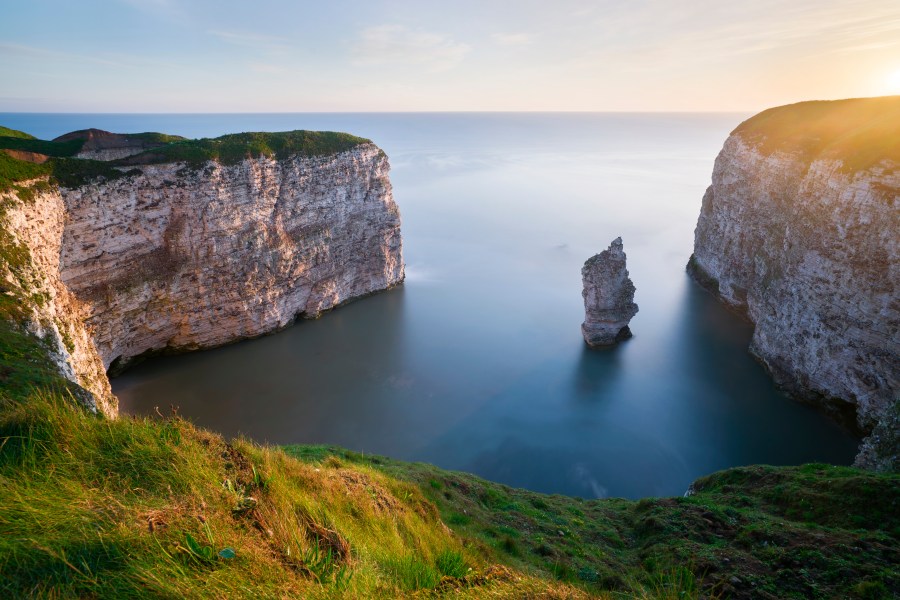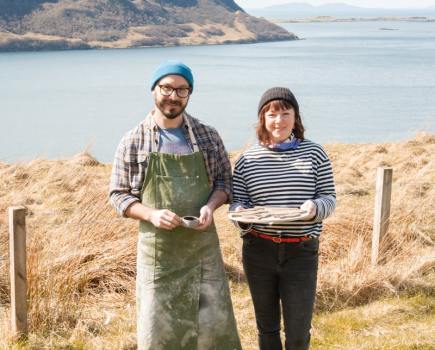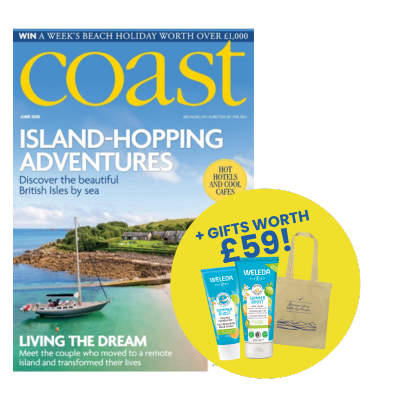Coast is partnering with the Ramblers each month to promote coastal walks. In this month’s column, paths manager HEATHER CLATWORTHY explains how a special fund is opening up routes to more walkers.
For millions of us, the country’s network of paths is the main way we get out into the countryside and access nature. Whether spreading out from towns, cities and villages or winding along our coastlines, they act as a gateway to the outdoors.
But while our paths are open to us all, there are barriers hiding in plain sight which prevent far too many of us, especially those with reduced mobility, from enjoying their benefits. According to a study conducted by Natural England, over 20 per cent of people living in England cannot currently use our network of public rights of way due to mobility issues.
So in 2021, thanks to the support of an anonymous donor, we established the Path Accessibility Fund. Dedicated to making our path network more accessible, the fund supports projects to make improvements to local paths, particularly targeting barriers that prevent those with reduced mobility from getting outdoors. Often simple changes – for example removing a stile and replacing it with a more accessible gate – can enable a great deal more people to use a footpath and connect to places they couldn’t before.
It doesn’t take long when out walking to appreciate just how essential our path network is. Not only does it connect people and places, it also gives us access to some of the most scenic stretches of the country. This circular walk around Handfast Point doesn’t just show off the best of Dorset’s coastline: it also shows just how crucial our paths are to opening up our access. And while you’re out exploring, see if you can spot any barriers that might restrict some of us from enjoying this wonderful walk.
Starting out at the National Trust Information Centre at Knoll Beach, you’ll turn your back to the sea and walk past the car park kiosks to the main road. Sticking to the grass verge, you’ll head left past the Knoll House Hotel for around 400m before crossing the road to pick up the signposted bridleway.
When you reach open ground, you’ll turn left at a way post and diagonally cross a grassy area to a lane at the junction of a few bridleways. Turn right and follow the waymarked path through the woods across a footbridge and bear left.
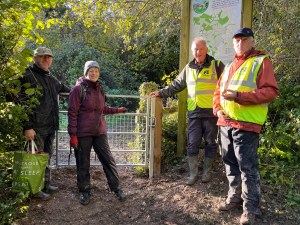
When you arrive at a second waypost with a yellow footpath arrow and a blue bridleway arrow, bear left in the direction of the Agglestone which will rise out above the heath. A giant wedge of sandstone, the Agglestone’s name is likely derived for the Saxon ‘halig’, meaning holy, and is said to have been catapulted here by Satan.
At a junction of paths, you’ll continue straight ahead and through a double set of gates to reach a ridge and a golf course. Take the right fork at a red golf course warning sign, cross the main road and turn left, looking for a footpath sign on your right.
Making your way down the golf course’s fairway, you’ll bear right down the hill towards the Studland-Swanage road. Turn left on the broad grassy verge and on the opposite side of the road, you’ll see a short track leading to a gate on National Trust land. Go through the gate and head uphill towards the striking granite obelisk on the Ballard Down ridge, with a spectacular view of Swanage Bay on your right.
Continue east at the obelisk and downhill towards the clifftops to Handfast Point. A major landmark, Handfast Point, or Old Harry’s Rocks, are a set of towers, pointed needles and arched stacks jutting out into the sea. The most distinctive is a round pillar known as Old Harry, a medieval name for the devil who was said to sleep on its summit.
After rounding the headland, veer left and keep to the South West Coast Path towards Studland village, once a retreat for Virginia Woolf, Bertrand Russell and George Bernand Shaw. Just before arriving at the lane through the village, you’ll see a fingerpost indicating the alternative coast path route via South Beach. Follow this down through the trees and along the line of beach huts to Joe’s Cafe. A short way past the cafe, the path cuts up the low cliffs and skirts fields to Fort Henry, an enormous concrete bunker built as part of the preparations for the D-Day landings.
Following the path beyond the bunker, you’ll reach the bottom of the lane and turn right down to Middle Beach. Here, you’ll turn left and walk back along the beach to the visitor information centre. And there’s one final treat in store for comedy fans: Studland Beach was the setting for the opening sequence of Monty Python’s Flying Circus, featuring Michael Palin staggering out of the waves to utter the immortal phrase “It’s…”
For full route instructions, visit org.uk/go-walking/routes/handfast-point-dorset-around-devils-rocks
THREE MORE TO TRY…
Looking for a seaside stroll closer to home? Check out our three alternative routes:
Walton-on-the Naze, Essex
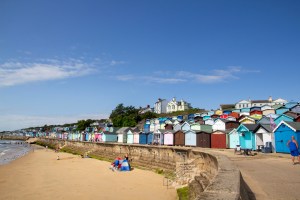
This is a great walk for fine days and binoculars. For two centuries, Walton-on–the-Naze has been a seaside holiday resort and this walk doesn’t shy away from celebrating some of the remnants of its past grandeur. tinyurl.com/yf66bfku
Greenfield Valley and the Wales Coast Path, Flintshire
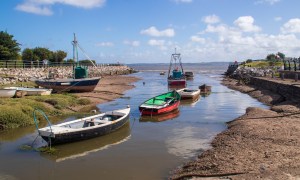
Passing a medieval dock, the ruins of a 12th century abbey and a former ferry that was briefly used as a floating arcade, this route dips into the historic town of Holywell before returning along the Wales Coast Path. tinyurl.com/mswr8h3c
Bempton Cliffs & Flamborough Head, Yorkshire
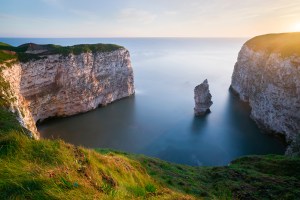
A circular walk around Flamborough Head and to Flamborough village from RSPB Bempton Cliffs, one of the best places in the country for viewing seabirds in spring and summer. tinyurl.com/yeymfcny
HELP TO OPEN UP OUT PATH NETWORK
In 2023, the Path Accessibility Fund supported projects all across England and Wales, from Aberystwyth to Essex and Oldham to Hampshire. The range of work was no less varied: from replacing stiles with gates to laying boardwalks, installing accessible footbridges and improving path surfaces.
And we’re delighted to announce that this work will be continuing in 2024. Head to ramblers.org.uk/what-we-care-about/path-accessibility-fund to find out more about the fund’s work and to see how you can get involved to help open up our path network to all.

